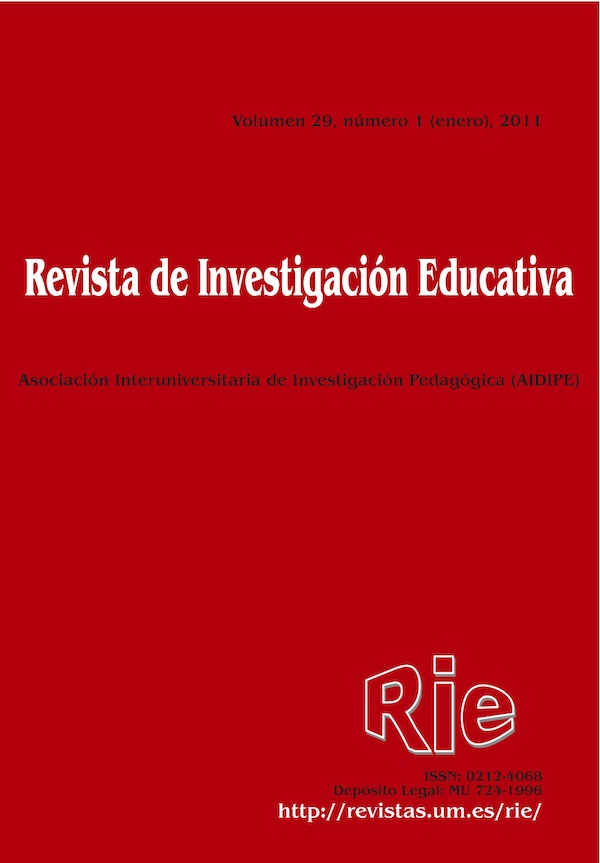An experience on teaching the subject introduction to economics through interactive technologies
Supporting Agencies
- Universidad de Sevilla. Vicerrectorado de Docencia e Innovación
Abstract
This paper describes the experience of research in teaching developed to improve motivation, interest and learning of students enrolled in “Introduction to Economics” for the first year in the Business Administration Degree at the University of Seville (Spain). This experience was about establishing a system of continuous assessment using the interactive response Educlick software. The use of this instrument has allowed not only the introduction of a periodic surveillance testing, but also the monitoring of student attendance and the definition of their level of participation.The results obtained are measured with regard to three learning parameters: class attendance (the use of a continuous assessment method generally improved class attendance), academic performance (the pass rate of the total number of students was 10 percentage points higher than those that went through the traditional final examination), and assessment of the new methodology (the students surveyed mostly preferred the electronic control response system).
Downloads
-
Abstract392
-
PDF (Español (España))322
The articles and scientific documents published in RIE abide the following conditions:
1. The Servicio de Publicaciones de la Universidad de Murcia (the publisher) has the property rights (copyright) of all the documents published and allows the reuse under the user’s license indicated in point 2.
2. All documents are published in the digital edition of RIE under a Creative Commons Reconocimiento-NoComercial-SinObraDerivada 4.0 Internacional. (legal document) license. These documents can be copied, used, distributed, communicated and explained publicly if: i) the author(s) and its original source of publishing (magazine, publisher and URL of the document) are cited; ii) it is not used for commercial purpose; iii) the existence and the specifications about this license are mentioned.
3. Auto-archive’s conditions. The authors are allowed and encouraged to digitally distribute the pre-print versions (a version before evaluation) and/or post-print (a version that it is already evaluated and accepted to its publication). This promotes circulation and distribution earlier and can increase the citations and significance within the academic community.









